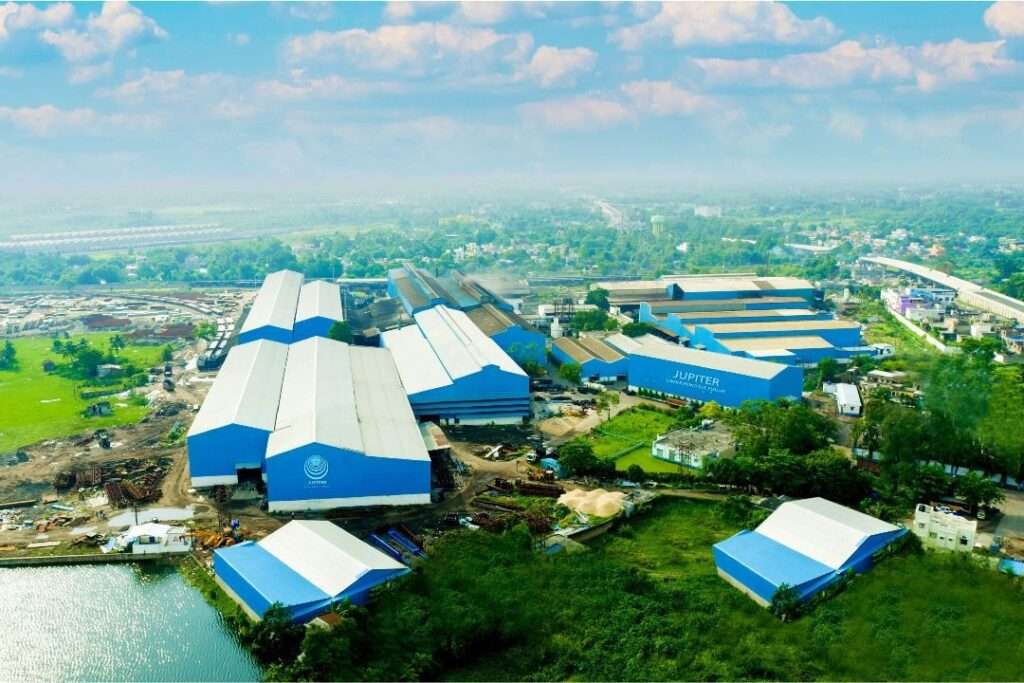On June 18, 2025, NTPC Limited handed over five hydrogen-powered fuel cell buses to the Sindhu Infrastructure Development Corporation (SIDCO), an entity under the Leh Administration. This step represents the first commercial use of hydrogen fuel cell buses in India and marks a global first for their operation at such high altitude.
The buses will operate in Leh, supported by the country’s first hydrogen fueling station, launched by NTPC in November 2024. Located at 11,562 feet above sea level, the station includes a dedicated 1.7 MW solar power plant to provide 100% renewable energy for operations.
The fueling system dispenses hydrogen at a pressure of 350 bar — the first of its kind in India — and the buses are engineered to perform in sub-zero conditions and low-oxygen environments typical of the Himalayan region. The project is expected to reduce carbon emissions by around 350 metric tonnes per year and contribute roughly 230 metric tonnes of oxygen to the atmosphere annually, equivalent to planting 13,000 trees.
The handover ceremony was attended by Bhupesh Chowdhry, IAS, Managing Director of SIDCO and Secretary Transport; KK Hota, General Manager and CEO of NUGEL; and senior representatives from NTPC and the Leh Administration. Dr Pawan Kotwal, IAS, Chief Secretary of the Union Territory of Ladakh, acknowledged the significance of this initiative and commended NTPC for establishing the country’s first hydrogen mobility project in the region.
He encouraged wider adoption of hydrogen-based solutions to support Ladakh’s goal of becoming carbon neutral and emphasized the importance of documenting project insights for future replication across the region.
NTPC Limited, India’s largest integrated power producer, currently operates over 81 GW of installed capacity and is developing an additional 29.5 GW, including 9.6 GW from renewable sources. The company aims to reach 60 GW of renewable capacity by 2032 and continues to expand its portfolio across thermal, hydro, solar, and wind energy to support India’s energy transition.








